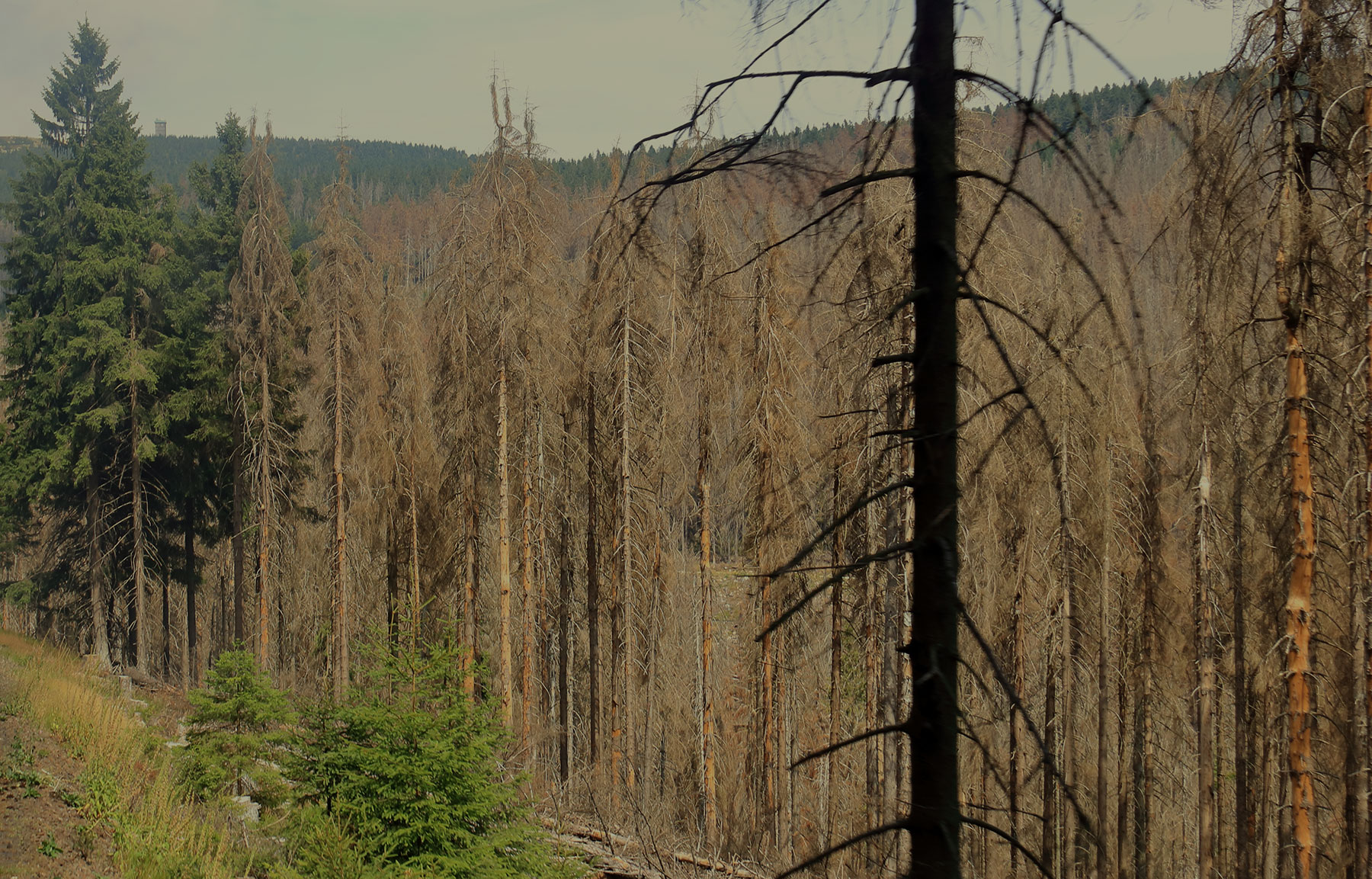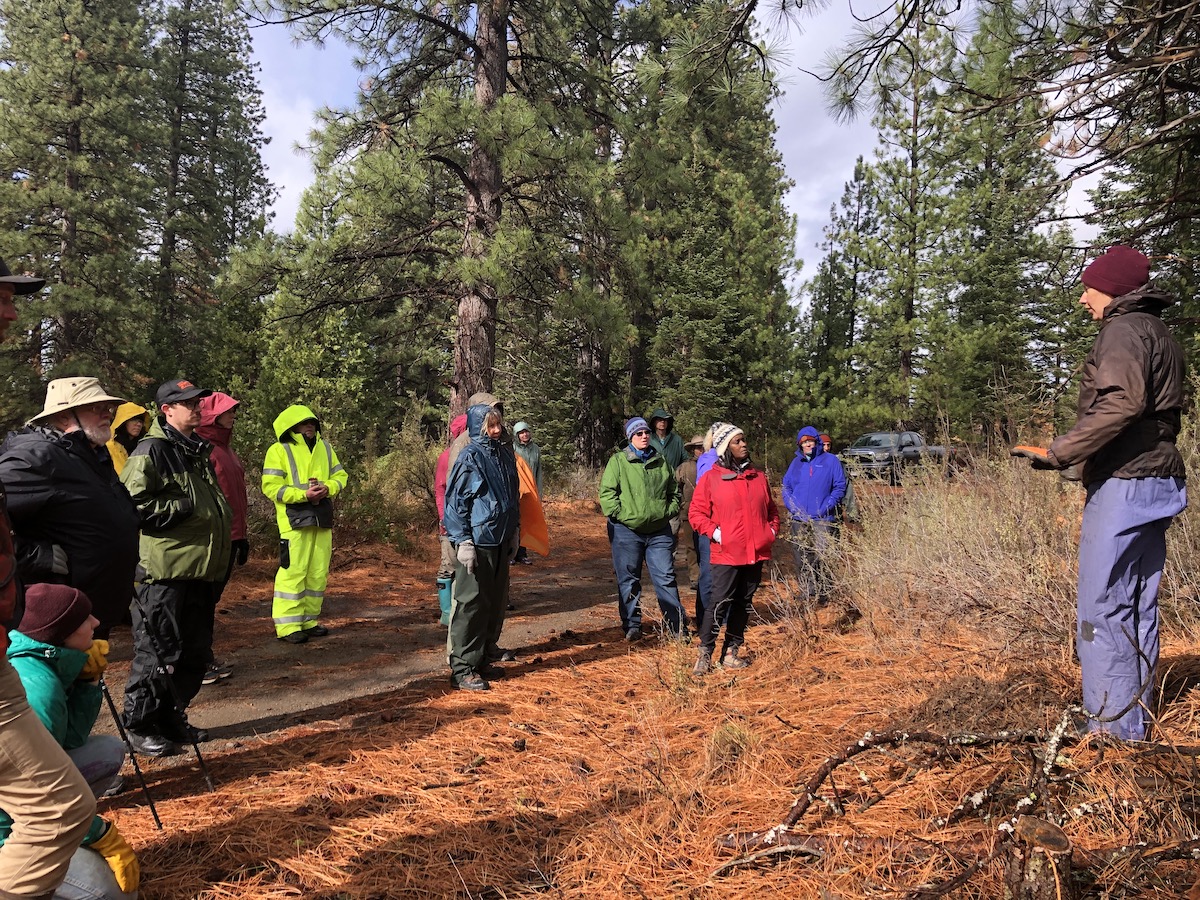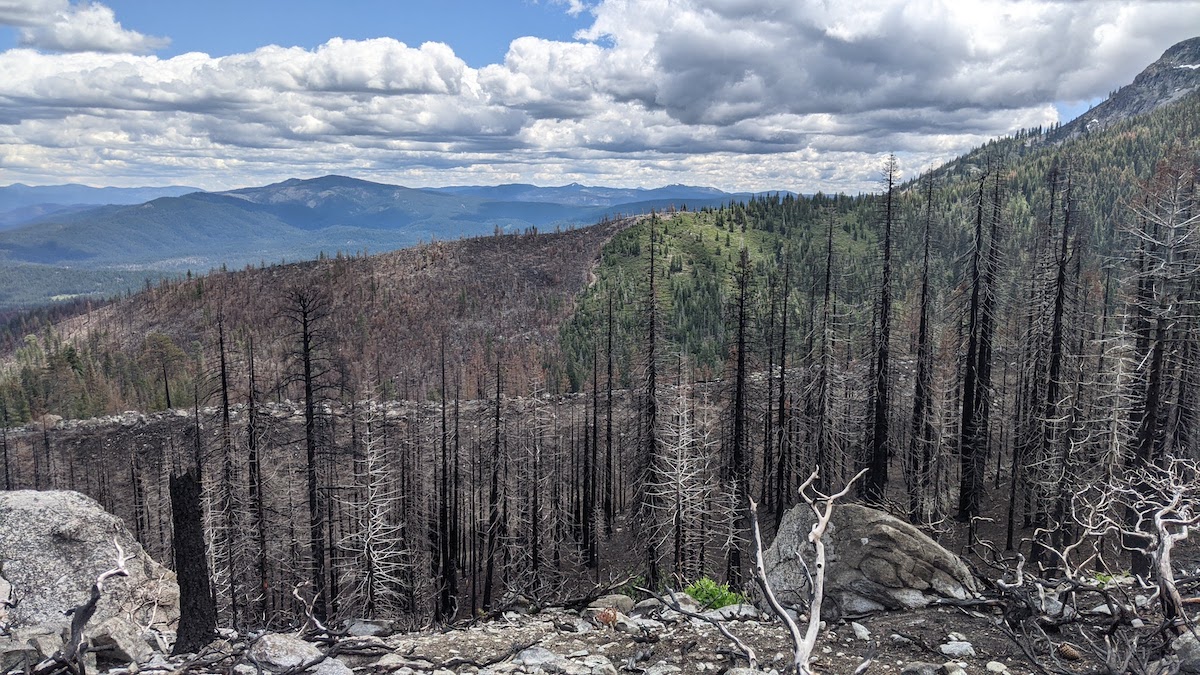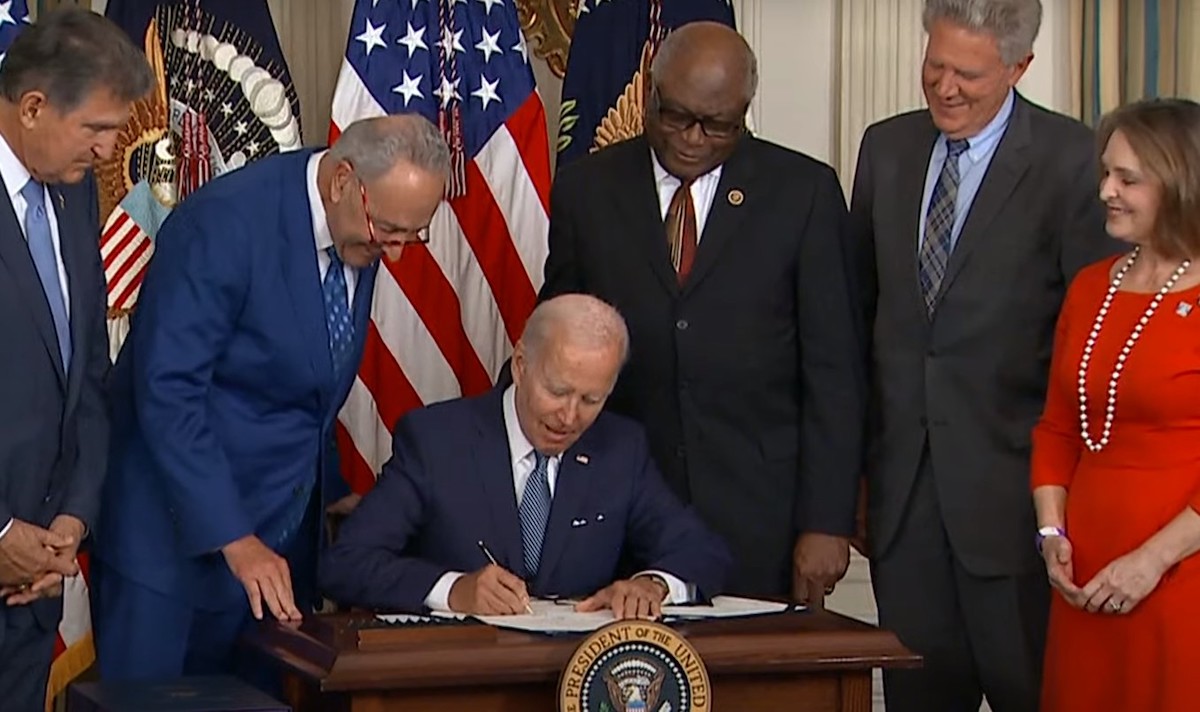NRCS California Plans Expanded Conservation Investments

NRCS California Plans Expanded Conservation Investments
NRCS California announced a 2023 investment of over $20 million for climate-smart agriculture practices and forest resiliency in California, including $6.8 million for the Environmental Quality Incentives Program; $5.2 million for the Conservation Stewardship Program; and $7.6 million for the Conservation Technical Assistance Program. These additional investments flow from the Inflation Reduction Act – from which hundreds of millions of dollars more will appropriated over the next five years. This investment is above NRCS California’s annual $125 million investment through the Environmental Quality Incentives Program, Conservation Stewardship Program, Wetland Reserve Easements program, and other NRCS programs.
The deadline to apply for this NRCS California IRA funding is March 17, 2023. Please visit your local NRCS service center to apply, which can be found by clicking here.
USDA Invests More than $48.6 Million to Manage Risks, Combat Climate Change

USDA Invests More than $48.6 Million to Manage Risks, Combat Climate Change
USDA will invest more than $48.6 million this year through the Joint Chief’s Landscape Restoration Partnership for 14 projects that mitigate wildfire risk, improve water quality, restore forest ecosystems, and ultimately contribute to USDA’s efforts to combat climate change. Under the Joint Chiefs’ Partnership, the USDA Forest Service (USFS) and Natural Resources Conservation Service (NRCS) co-invest in areas where public forests and grasslands intersect with privately-owned lands. An award of $3.3 million was awarded to a phase three project focused on fire resilience in Trinity County. The project will address high-risk cross-boundary threats by strategically treating forests on both private and national forestlands, and it will address new threats created by 2020 and 2021 wildfires.
Forest Stewardship and Post-fire Forest Resilience Projects 2022 Annual Report

Forest Stewardship and Post-fire Forest Resilience Projects 2022 Annual Report
Launched in 2019 in response to a recommendation by Governor Brown’s Forest Management Task Force the UC ANR Forest Stewardship Education Initiative established the Forest Stewardship and Post-Fire Resilience Programs. These programs involve forest landowners in managing and protecting their forests through the development of a forest management plan. Since 2020, 368 people have completed one of the 19 workshop series offered across the state. The 2022 Annual Report summarizes the impact of the programs.
Private Landowner Assistance Work Group | September 2022 Action Item Updates

Private Landowner Assistance Work Group | September 2022 Action Item Updates
Progress is being made on key Action Items from the Private Landowner Assistance Work Group’s Implementation Strategy. Read the update (link below) for a report on a few emerging EFRTS, NRCS‐CA new forestry technical and financial assistance agreements with partners, and UC Extension Stewardship Workshops.
RESOURCES
Biden Signs Inflation Reduction Act Affecting Health, Climate and the Economy

Biden Signs Inflation Reduction Act Affecting Health, Climate and the Economy
Biden Signs Inflation Reduction Act Affecting Health, Climate and the Economy. On August 16, President Biden signed a landmark climate change and health care bill into law. The Act includes the most substantial federal investment in history to fight climate change — some $375 billion over the decade, and significant investments in wildfire and forest resilience including:
Wildfire Resilience and Ecosystem Restoration
- $1.8 billion for hazardous fuels reduction projects on National Forest System land within the wildland-urban interface.
- $200 million for vegetation management projects on National Forest System land.
- $250 million for conservation, ecosystem, and habitat restoration projects on National Park Service and Bureau of Land Management lands.
Climate-Smart Forestry for Non-Federal Forest Landowners
- $450 million for grants to support climate mitigation, forest resilience, and carbon sequestration and storage practices.
Urban and Community Forests
- $1.5 billion for competitive grants to cities, tribal nations, nonprofits, and other eligible entities.
Forest Conservation
- $700 million for competitive grants through the Forest Legacy Program.
Forest Products and Innovation
- $100 million for grants under the Wood Innovation Grant Program.
RESOURCES
Administration Announces Plans for Reforestation, Climate Adaptation

Biden-Harris Administration Announces Plans for Reforestation, Climate Adaptation, including New Resources from Bipartisan Infrastructure Law
On July 2022, the U.S. Department of Agriculture and U.S. Forest Service announced a nationwide strategy that will address a reforestation backlog of four million acres on national forests and plant more than one billion trees over the next decade. According to USFS Chief Randy Moore, the reforestation strategy will serve as a framework to understand reforestation needs, develop shared priorities with partners, expand reforestation and nursery capacity, and ensure the trees planted grow to support healthy, resilient forests. In addition to the reforestation strategy, Secretary Vilsack announced 13 new USDA agency climate adaptation plans, which outline how each USDA agency will incorporate climate change into their operations and decisions to support communities, agriculture and forests nationwide.
RESOURCES
